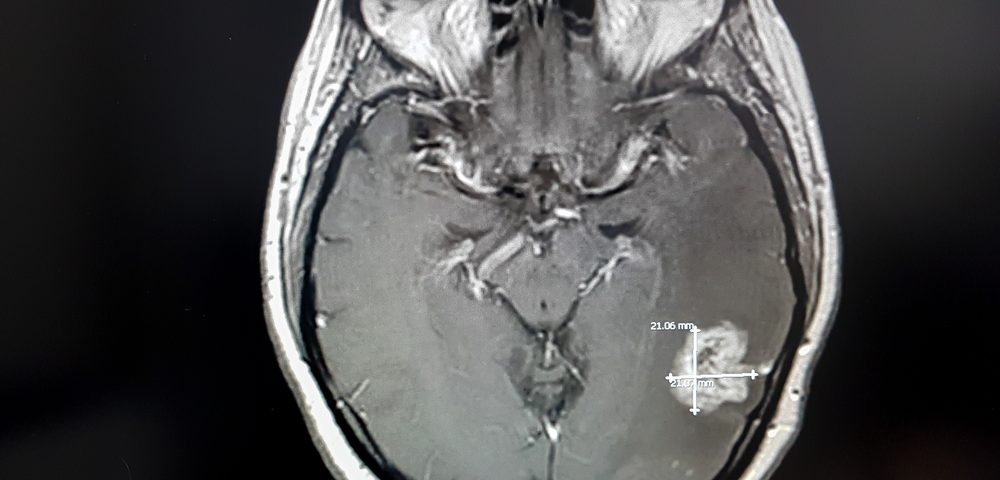Seventy percent of patients with brain cancer that originated in the lungs responded to treatment with Tagrisso (osimertinib), according to a Phase 3 clinical trial.
That compared with 31 percent who responded to chemotherapy, researchers said.
The study involved lung cancer patients with an EGFR T790M mutation whose cancer had spread to the central nervous system, which consists of the brain and spinal cord. Importantly, Tagrisso also outperformed chemotherapy in treating lung cancer that had spread to the central nervous system as a whole, not just the brain.
AstraZeneca, which developed Tagrisso, made two presentations about the therapy at the American Society of Clinical Oncology annual meeting in Chicago, June 2-6. One dealt with the Phase 3 trial, and the other with a Phase 1 study.
A key finding of the Phase 1 trial was that Tagrisso was effective against non-small cell lung cancer that had spread to membranes that surround the brain.
The Phase 3 presentation was titled “CNS response to osimertinib in patients (pts) with T790M-positive advanced NSCLC: Data from a randomized phase III trial (AURA3).” It involved an analysis of data from the AURA3 trial (NCT02151981).
Seventy percent of the 46 non-small cell lung cancer patients with at least one measurable tumor in the brain responded to Tagrisso, versus 31 percent who received chemotherapy, according to the trial results.
Tagrisso was effective in a larger group as well. Forty percent of the patients in that group who had brain tumors that originated in the lungs responded to Tagrisso, versus 17 percent treated with chemotherapy.
“The results of osimertinib in patients with CNS [central nervous system] metastases are consistent with what has already been reported in the overall AURA3 population,” Dr. Marina-Chiara Garassino of Milan’s Fondazione IRCCS Istituto Nazionale dei Tumori said in a press release.
“These data suggest that, like the overall EGFRm T790M mutation-positive NSCLC population, patients who have progressed to develop CNS metastases may also be able to benefit from osimertinib,” added Garassino, who works at the institute’s Thoracic Oncology Unit.
The second study that AstraZenca presented in Chicago dealt with leptomeningeal metastases, or cancer spreading from the lungs to membranes that surround the brain. It was titled “Osimertinib for patients (pts) with leptomeningeal metastases (LM) from EGFR-mutant non-small cell lung cancer (NSCLC): Updated results from the BLOOM study.”
The BLOOM clinical trial (NCT02228369) included patients with and without EGFR T790M mutations. The meningeal tumors of 43 percent of the 21 patients who lacked mutations responded to Tagrisso, researchers said.
“Osimertinib’s potential for blood-brain barrier penetration was recognized at an early stage of development, and it is gratifying to see those findings reflected in positive progression-free survival outcomes in patients with CNS metastases in the AURA3 trial and in responses in patients with leptomeningeal metastases in the BLOOM study,” said Sean Bohen, an AstraZeneca executive vice president.
Many therapies are unable to get through the blood-brain barrier to treat brain conditions. Progression-free survival refers to the time it takes for a patient’s disease to progress after treatment.
The BLOOM trial also tested another therapy, AZD3759. In contrast with Tagrisso, AstraZeneca designed the EGFR inhibitor specifically for central nervous system metastases.
AstraZeneca presented data showing that AZD3759 is safe and well tolerated. It appears to be a promising treatment for central nervous system metastases in patients with non-small cell lung cancer, the company concluded.


